Science Illustrated delivers natural science, break through discoveries and an understanding of the world for the entire family. Packed with stunning photography and in-depth editorial it’s a visually spectacular gateway to the world looking into the beginning of life to distant objects in the universe.
SUBSCRIBE TO AUSTRALIAN SCIENCE ILLUSTRATED
Science Illustrated
Mission saved! Juno keeps on delivering
Bad egg: Macquarie Island penguins save their second
Spinosaurid was Europe’s largest predator • It measured 10 metres from head to toe and hunted in what is now southern England. Its size may make it the biggest terrestrial mammal that ever existed in Europe.
How to double a baby’s veggie consumption • A dietary experiment with babies has demonstrated how to double their desire to eat fruit and vegetables.
Woman gets a new 3D-printed ear • For the first time ever, doctors have 3D-printed new tissue from a patient’s own cells and successfully transplanted it to a patient. It’s a technique which could deliver many new medical opportunities.
Scientists reveal how you can spot a lie • We are bombarded every day by lies and half truths. But a new study indicates that there is one trick that seems to reliably reveal truth from fiction.
Finding ground zero for theBlack Death… after nearly 700 years • Science may have gone as far as it can in the search for COVID-19’s ground zero. But what about the Black Death?
How the giraffe really got its neck • Why the long neck? The dominant theory has been that the giraffe’s height evolved to enable them to graze higher trees than other animals. But fossil finds in China suggest that – as so often in evolution – the primary motivation may have been to attract females.
Cooking oil fuels the world’s biggest airliner for three hours • Green transport is on the agenda, but who will foot the bill for the world’s aviation companies to switch to more sustainable fuels?
Soft pads allowed dinosaur giants to support their weight • Without foot pads, sauropods would have suffered chronic limb failure.
Why don’t men and women compete more? • Gender separation in sport is commonly attributed to physical differences between men and women. Are such differences real? And what processes lie behind them?
Why is a toucan’s beak so large? • The toucan’s beak is impressive, but seems extravagant in size compared with the bird’s body. What is the advantage of a big beak?
Can we get energy from lightning?
What’s the speed record for a human-made spacecraft?
Do we need a new storm category? • Higher global temperatures may not mean more storms, but is likely to mean more severe storms. Do we need to fix the scale used to describe storms, to reflect these changes?
Can a Russian keyboard prevent cyber attacks?
…some people cannot sweat? • Heat, exercise or anxiety can make you sweat. But is it true that some people do not sweat at all?
How does insulin work? • People with diabetes have difficulties breaking down sugar. The hormone insulin plays a major role in this, but how does it work?
How do the different variants of coronavirus get their names?
How high can birds fly?
Should we sleep on one particular side? • Left, right, back or front: does gravity affect us differently depending on how we sleep? Is there a ‘best’ side?
How far can we go with reverse extinctions?
Is there really such a thing as truth serum? • In the world of films, truth serum forces people to reveal their deepest secrets. Is it just a plot device, or does such a substance exist in the real world?
CLOSE ENCOUNTERS: EUROPA & DIMORPHOS • As this magazine goes to press, NASA has two separate targets in its sights. If all has...
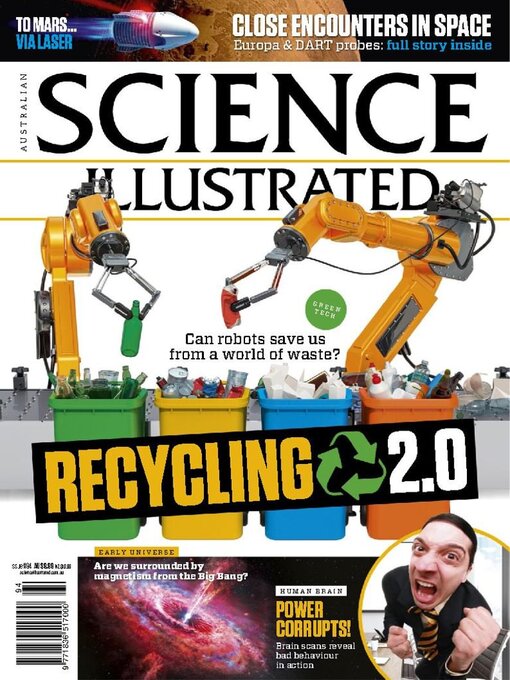
 Issue 111
Issue 111
 Issue 110
Issue 110
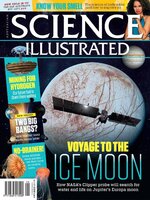 Issue 109
Issue 109
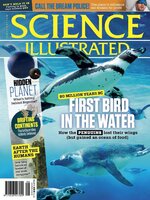 Issue 108
Issue 108
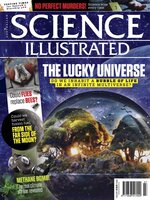 Issue 107
Issue 107
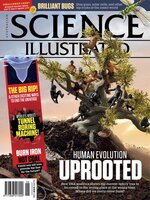 Issue 106
Issue 106
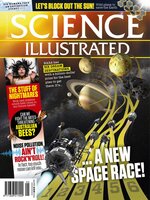 Issue 105
Issue 105
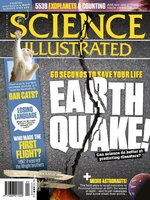 Issue 104
Issue 104
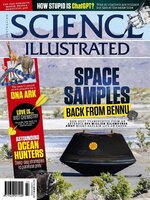 Issue 103
Issue 103
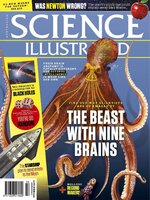 Issue 102
Issue 102
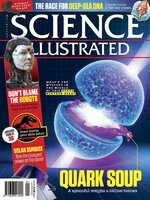 Issue 101
Issue 101
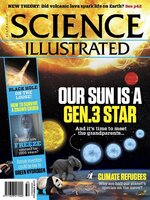 Issue 100
Issue 100
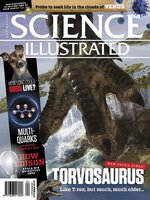 Issue 99
Issue 99
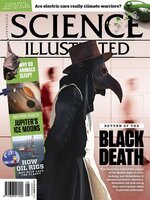 Issue 98
Issue 98
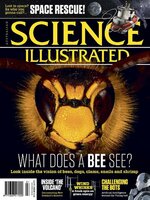 Issue 97
Issue 97
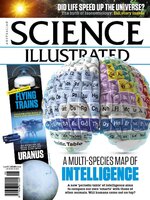 Issue 96
Issue 96
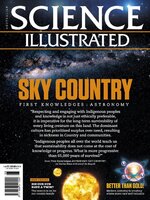 Issue 95
Issue 95
 Issue 94
Issue 94
 Issue 93
Issue 93
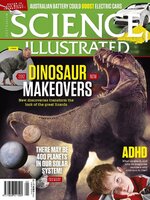 Issue 92
Issue 92
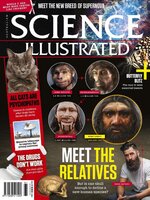 Issue 91
Issue 91
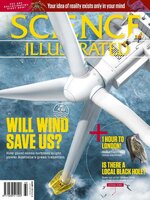 Issue 90
Issue 90
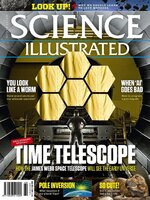 Issue 89
Issue 89
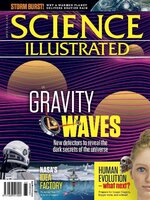 Issue 88
Issue 88
